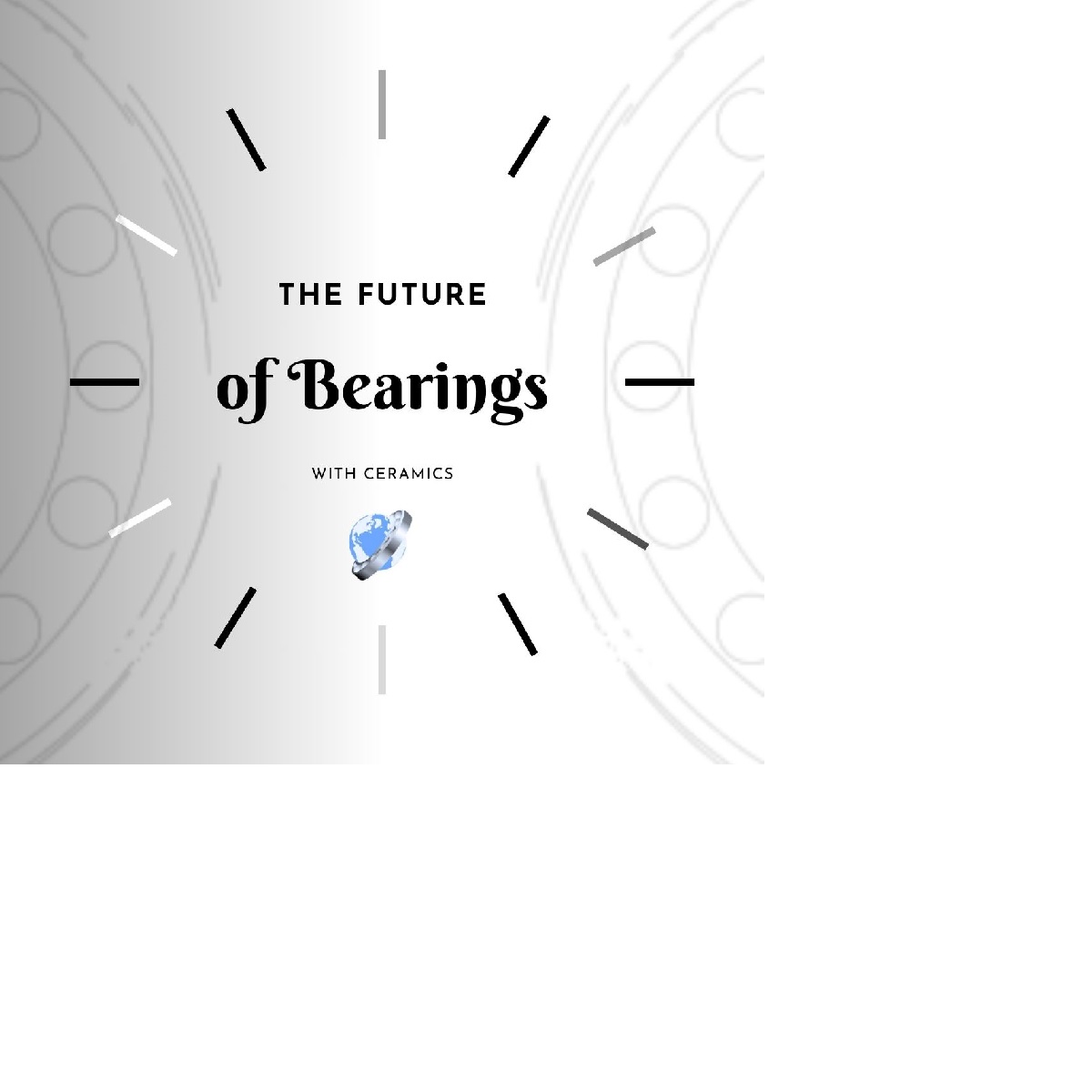Revolutionizing the Bearing industry with Hybrid Bearings
In the ever-evolving landscape of industrial machinery, the bearing industry is witnessing a transformative shift towards meeting the demands of extreme conditions

Traditionally, steel bearings have been the industry standard, providing reliable performance across various applications. However, as the need for longevity in harsh environments intensifies, manufacturers are under increasing pressure to explore innovative materials. One promising frontier is the integration of ceramics into bearing manufacturing.
The 2000s witnessed the rise of hybrid ceramic bearings, which combine ceramic rolling elements with steel inner and outer rings. Hybrid bearings offered a balance between the enhanced properties of ceramics and the structural integrity of steel. This innovation made ceramic bearings more accessible for a broader range of applications.
Today, ceramic bearings are recognized for their ability to operate in extreme conditions, reduce maintenance requirements, and contribute to increased efficiency in various industries. As technology advances, the role of ceramic bearings is likely to expand further, shaping the future of precision machinery.
Current Standard:
Steel bearings have long been the workhorse of the industry, offering durability and versatility. However, in extreme conditions such as high temperatures, corrosive environments, or heavy loads, the limitations of traditional steel bearings become apparent.
Even with a proven history of successful use in a wide range of industrial applications. Their reliability and performance have been tested. To address the demands of our end users, manufacturers have turned to advancements in lubrication, heat treatment, and precision engineering to enhance the performance of steel bearings in challenging settings.
The quest for increased durability, reduced friction, and enhanced performance has driven ongoing innovation in bearing technology, challenging the longstanding dominance of steel in certain niche applications.
The Future with New Materials:
The future of the bearing industry is poised for a revolution with the introduction of new materials, particularly ceramics.
Ceramic bearings are gaining traction for their exceptional properties, including high resistance to corrosion, low thermal expansion, and impressive hardness.
These qualities make ceramics ideal candidates for applications in aerospace, renewable energy, and heavy machinery subjected to extreme conditions.
The integration of ceramics into bearing manufacturing represents a paradigm shift, offering the potential for longer lifespan, reduced maintenance, and enhanced performance in conditions where traditional bearings may falter. Manufacturers are investing in research and development to optimize ceramic bearings, ensuring they meet the stringent requirements of industries pushing the boundaries of what machinery can endure.
As the bearing industry embraces new materials, it is not just about longevity but also about unlocking new possibilities for efficiency and reliability.
The future promises a landscape where ceramic bearings redefine the benchmarks for performance in extreme conditions. It's an exciting journey that holds the potential to reshape industries reliant on precision machinery, ensuring they operate seamlessly in the harshest environments imaginable. As we step into this era of innovation, the bearing industry is poised to elevate performance and durability to unparalleled heights.
Suppliers that are succeeding with Ceramics…
- NSK
- SKF
- NTN
- BOCA BEARINGS
- CERAMIC SPEED
- GRW
If you require some more info on ceramic bearings, or would like to enquire for prices and availability on a part code, our team at Global Bearings is here to help!
CONTACT
Nigel Syner
Global Bearings & Transmission Ltd
info@global-bearings.co.uk
www.global-bearings.co.uk
+44 1527 577866
Monday 27 November 2023 / file under Aerospace | Automotive | Energy | Engineering | Machinery | Power


